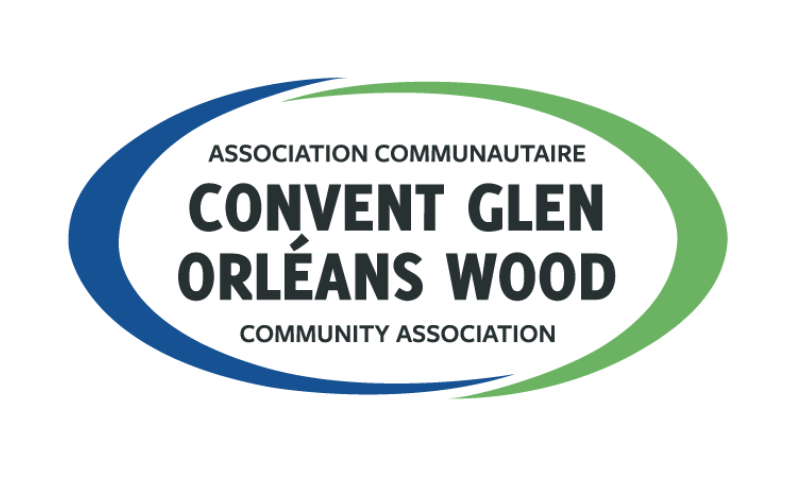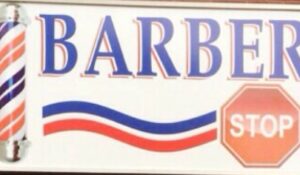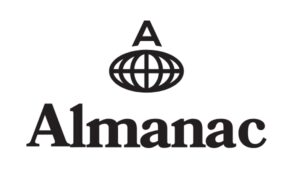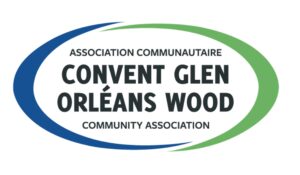Matthieu Gagnon, Vice-President
On April 7, 2025, as I was riding to work from Orléans, I was cut off by a vehicle at Beechwood and Acacia. I am not sure exactly what happened since the collision robbed me of those memories. However, I do know that someone decided to turn left without making sure the bike lane was clear. Because of that driver’s negligence, I suffered a broken jaw, facial lacerations, a massive blackeye, and various other bruises and scratches. This negligence has and continues to cause me pain. It also has a significant impact on my family. My kids were pretty traumatized. My youngest daughter is only now starting to be comfortable looking at me after almost two weeks of healing and getting used to how my face looks. My oldest daughter has not ridden her bike since the crash, after weeks of being very excited to go out with me. My wife has had to take over a bigger share of responsibility since I was made less able to contribute to the household. The fact that this driver put getting to their destination seconds faster over my safety has caused me and my family harm.
I have been wondering about the nature of driver entitlement. I think the way we build our city has a huge impact on the perceived superiority of drivers. The infrastructure in our city always compromises to allow for the free flow and comfort of cars, but never for the safety of people outside of cars. One of the most egregious examples is the intersection of Vanier and St-Patrick, an intersection close to where I crashed.
At first glance (figure 1), you can see that most of the infrastructure present is there to accommodate cars, with only a small sidewalk for people walking and a painted bicycle gutter for people cycling. Upon closer look (figure 2), you will notice that the traffic lights near the Royal Oak are made to break should a car smash into them, allowing that car and the traffic lights to strike any pedestrians or diners that may be present. Even more outrageous, for cyclists trying to cross Vanier Parkway to get to Beechwood, you have to make a blind left across the slip lane to get to the island and hope that any cars behind you will stop. These are just quick examples of the type of infrastructure flaws that are present everywhere the city builds bike infrastructure.



The city has a transportation master plan focused on getting people out of cars. This policy objective is key to achieving the policy objectives in the Official Plan, including managing future growth, enabling economic development, mitigating climate change, and creating healthy and inclusive communities. Cars are expensive for households, and driving is expensive for society. Reducing dependency on cars is a very important thing for us to do. To achieve it, the city needs to invest not only in active transportation projects but also ensure that new projects don’t compromise the safety fo those outside of cars to make our roads fast and convenient for drivers.
Currently, the city has 340km of on-road bike infrastructure (5% of the 6000km of roads) with most of that “infrastructure” consisting of a line a paint on a shoulder full of potholes, sewer grates, debris, and water. That infrastructure still manages to enable 7% of trips in the core and the inner urban area. Those people who still use that infrastructure need to be supported with better infrastructure if we have any hope of addressing the city’s issues.
It will be hard for me to make the case that active transportation is safe this summer. This collision has left me disfigured, with a jaw wired shut. All because a driver felt that stopping to look to see if the way is clear before turning was too inconvenient. I am losing weeks of my life so that this person could save seconds of theirs. My children are traumatized for that person’s convenience. This is a manifestation of the decisions that were made when the city built this route. All considerations for the speed and convenience of drivers, but none for the safety of people outside of cars.













